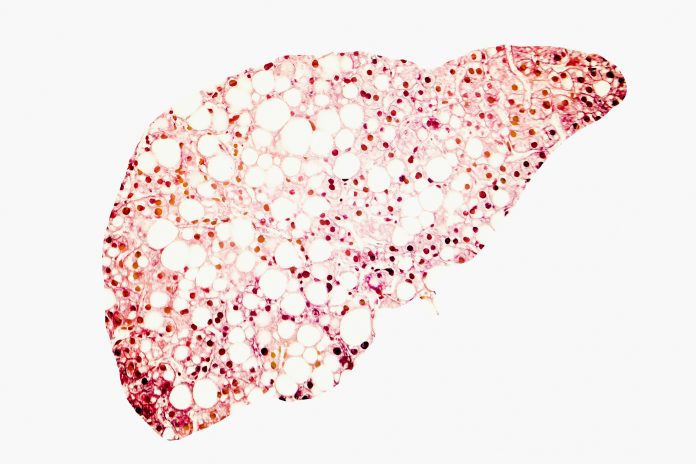Dr. Ashok Kumar Jhingan, Senior Director – Centre For Diabetes, Thyroid, Obesity & Endocrinology, BLK-Max Super Speciality Hospital further adds, “Borderline diabetes is another name for prediabetes, a condition that makes it more likely that you’ll develop type 2 diabetes. Also known as impaired fasting glucose or glucose intolerance, prediabetes occurs when your blood sugar levels are higher than normal, but they’re not quite high enough to be considered a sign of diabetes.”
But why is India the world capital of diabetes and what makes us more prone to it? Dr Mahesh Chavan, MD (Med), DNB (Endocrinology), Senior Consultant Endocrinologist, Apollo Hospitals, Navi Mumbai and The Fountainhead Endocrine and Diabetes Clinic, Vashi explains, “The prediabetes epidemic experienced in India is due to strong genetic factors combined with urbanization and lifestyle changes that cause insulin resistance. Higher rates of central obesity and increased visceral fat are contributing to insulin resistance, thus causing prediabetes.”
Dr Ashok blames the increased ‘westernization’, and the Seven Sins of modern lifestyle – sedentary life, stress, poor quality or low hours of sleeping, salt (excess), sugar, smoking, spirits and alcohol. All this has led to a drastic change in our lifestyle. “It’s estimated that between 15% to 30% of people with prediabetes will develop diabetes within the next 3-5 years if no lifestyle changes are made. The spike in cases is also due to a combination of factors, including lack of physical activity, mental stress, COVID-19 illness and subsequent hospitalization.”
The increase of desk jobs, extensive use of technology, and lack of fitness activities coupled with consumption of processed foods, sugary beverages, and high-calorie snacks have all contributed to overall weight gain, which is often related to an increased risk of developing pre-diabetes. The resulting obesity with excess body weight, especially around the abdomen, increases the risk of insulin resistance and impaired glucose metabolism, adds Katerine.
Is a carb-heavy Indian diet also to be blamed?
It is true that carbohydrate intake plays a significant role in blood sugar regulation, but it is not the sole culprit in the development of pre-diabetes or diabetes. “One must understand that not all carbohydrates are the same. Refined carbohydrates, such as white rice, white bread, and processed foods, have a higher glycaemic index, meaning they can cause a rapid increase in blood sugar levels. It is true that traditional Indian cuisine often includes a variety of carbohydrates, such as rice, roti (bread), and lentils and all of these can have an adverse impact on blood sugar levels. However, these must be seen in context of the overall dietary pattern, portion sizes, and cooking methods which also play a role in determining the impact on blood sugar control.”
Dr Ashok adds, “A diet filled with refined and processed carbohydrates that digest quickly can cause higher spikes in blood sugar. During the prediabetes phase, your pancreas still produces enough insulin in response to ingested carbohydrates. But the insulin is less effective at removing the sugar from the bloodstream, so your blood sugar remains high.
When you eat more carbs than your body needs, the excess calories get stored as fat. This can cause you to gain weight. Body fat, especially around the belly, is linked to insulin resistance.
Watching your carb intake can help you avoid blood sugar spikes.”
Signs of prediabetes
Prediabetes doesn’t usually have any signs or symptoms. “One possible sign of prediabetes is darkened skin on certain parts of the body. Affected areas can include the neck, armpits and groin,” shares Dr Ashok.
Some common symptoms are:
Increased thirst
Frequent urination
Increased hunger
Fatigue
Blurred vision
Numbness or tingling in the feet or hands
Frequent infections
Slow-healing sores
Unintended weight loss
Caterina Pesenti, Head of Medical and Scientific Affairs, IMEA at Roche Diabetes Care further adds, “You can have prediabetes for years without developing any symptoms. Technically this means that unless you are not aware that you are pre diabetic, you will not know till a serious health problem arises. Improving your lifestyle habits and regular monitoring of your sugar levels will ensure that you are able to identify pre-diabetes at an early stage and prevent it from progressing to any serious health complication.”
People who have a family history of diabetes are more prone to developing diabetes and must keep a close check on their blood sugar level through regular self-monitoring of blood glucose. This helps pre-diabetic individuals become more aware of their blood glucose levels and understand how their lifestyle choices impact those levels.
People should start screening themselves if they are overweight or have a family history of diabetes, or have PCOS.
Just remember, prediabetes is reversible but if you don’t act fast, the repercussions will be heavy.










